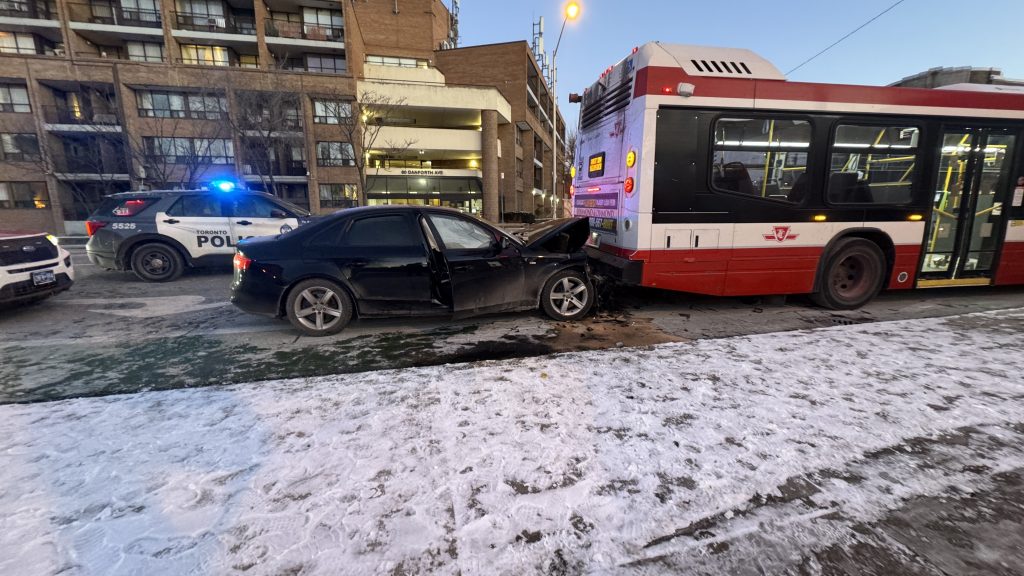Five things you should know about the professional dog walking industry
Posted November 21, 2016 2:58 pm.
Last Updated November 22, 2016 12:29 pm.
This article is more than 5 years old.
The theft of van containing 16 dogs on Friday ended happily when the vehicle was found hours later with the animals safe inside.
The van belonged to Soulmutts Toronto — a professional dog walking service.
A tragedy may have been averted when the animals were reunited with their respective owners, but the story raised several questions concerning rules and regulations in the industry.
Here’s five things you should know about professional dog walkers.
1) Permit required: In Toronto, anyone seeking to walk dogs professionally on public property in the city must obtain a permit. Permits are issued according to the Commercial Dog Walker Permit Policy (below) and cost $260.
2) Insurance: According to the City of Toronto website, permits will only be issued to those who can provide evidence of commercial general liability insurance to the tune of $2,000,000 for “bodily injury, property damage and personal injury liability.”
3) Six-dog limit: If using city parks, commercial dog walkers are limited to a maximum of six dogs at any one time. The city says a six dog limit helps “ensure accountability.” Those rules do not apply on private property.
4) Off-limits: Commercial dog walkers are prohibited from several areas in Toronto, they include; Natural or environmentally sensitive areas, playgrounds, splash pads and wading pools, Horticultural display areas or ornamental gardens, skateboard bowls, tennis courts and other sports pads, sports fields and stadiums, artificial or natural ice rinks, toboggan hills, animal display areas, Blue Flag designated beaches and Campgrounds. (City of Toronto website)
5) Transport of animals:
The Health of Animals Act includes the following rules on animal overcrowding during transit
- No person shall load or cause to be loaded any animal in any railway car, motor vehicle, aircraft, vessel, crate or container if, by so loading, that railway car, motor vehicle, aircraft, vessel, crate or container is crowded to such an extent as to be likely to cause injury or undue suffering to any animal therein.
- No person shall transport or cause to be transported any animal in any railway car, motor vehicle, aircraft, vessel, crate or container that is crowded to such an extent as to be likely to cause injury or undue suffering to any animal therein.
The Highway Traffic Act could also applied if animal overcrowding was observed in a vehicle. Possible charges include distracted driving and insecure load.
The OSPCA Act also addressed animals in transit, stating that “every animal must be transported in a manner that ensures its physical safety and general welfare.”
Commercial Dog Walker Permit Policy by CityNewsToronto on Scribd








